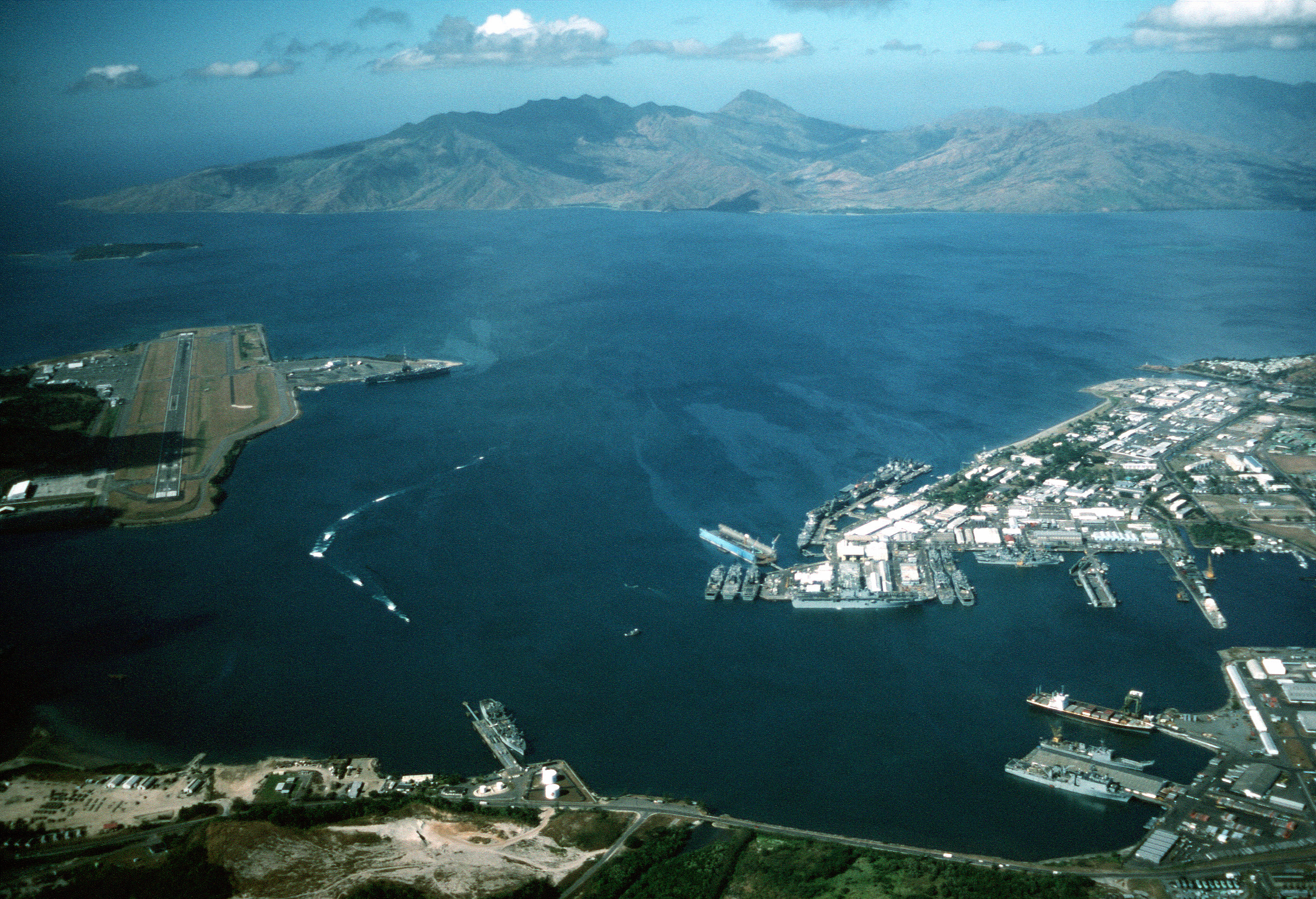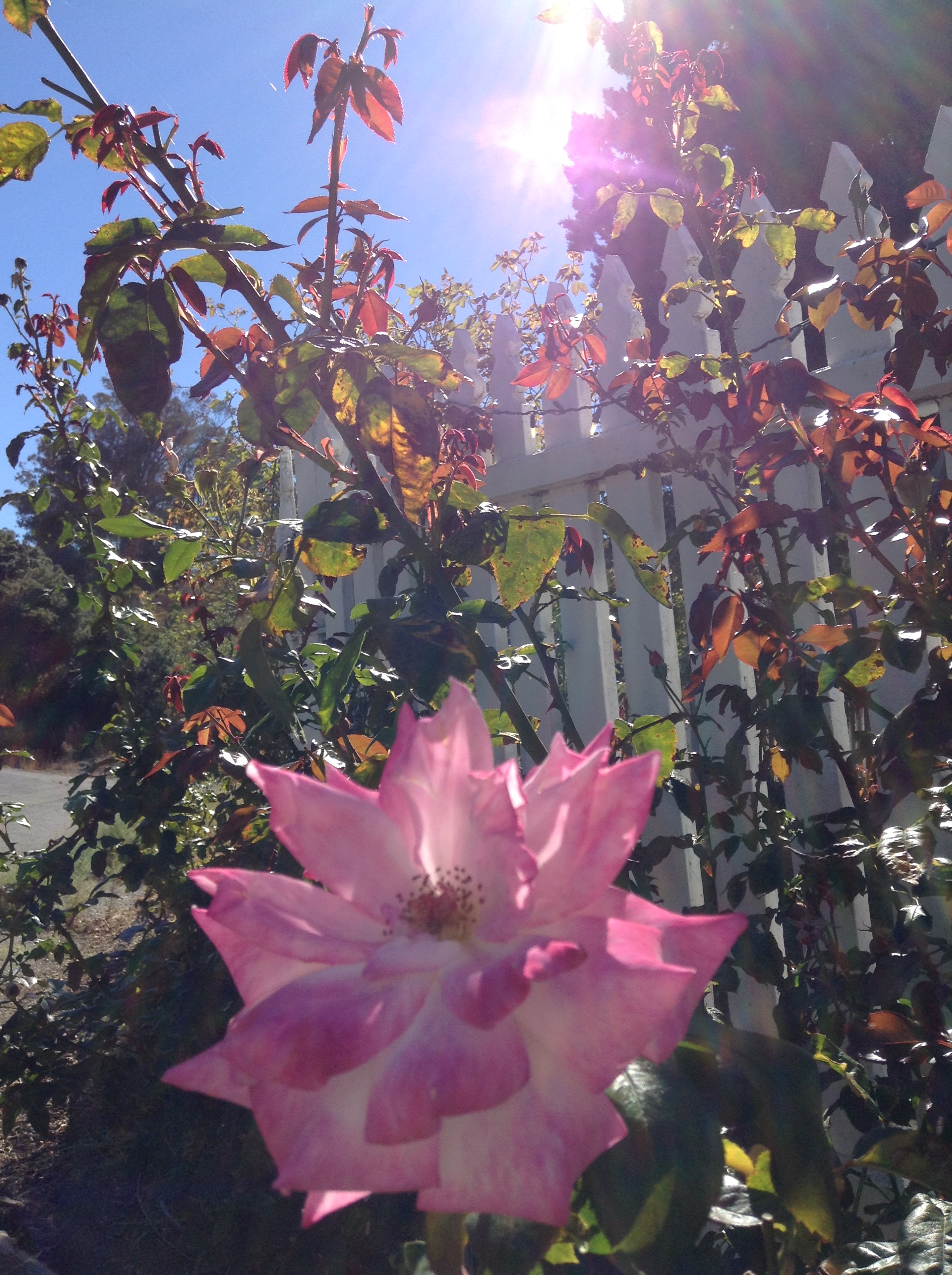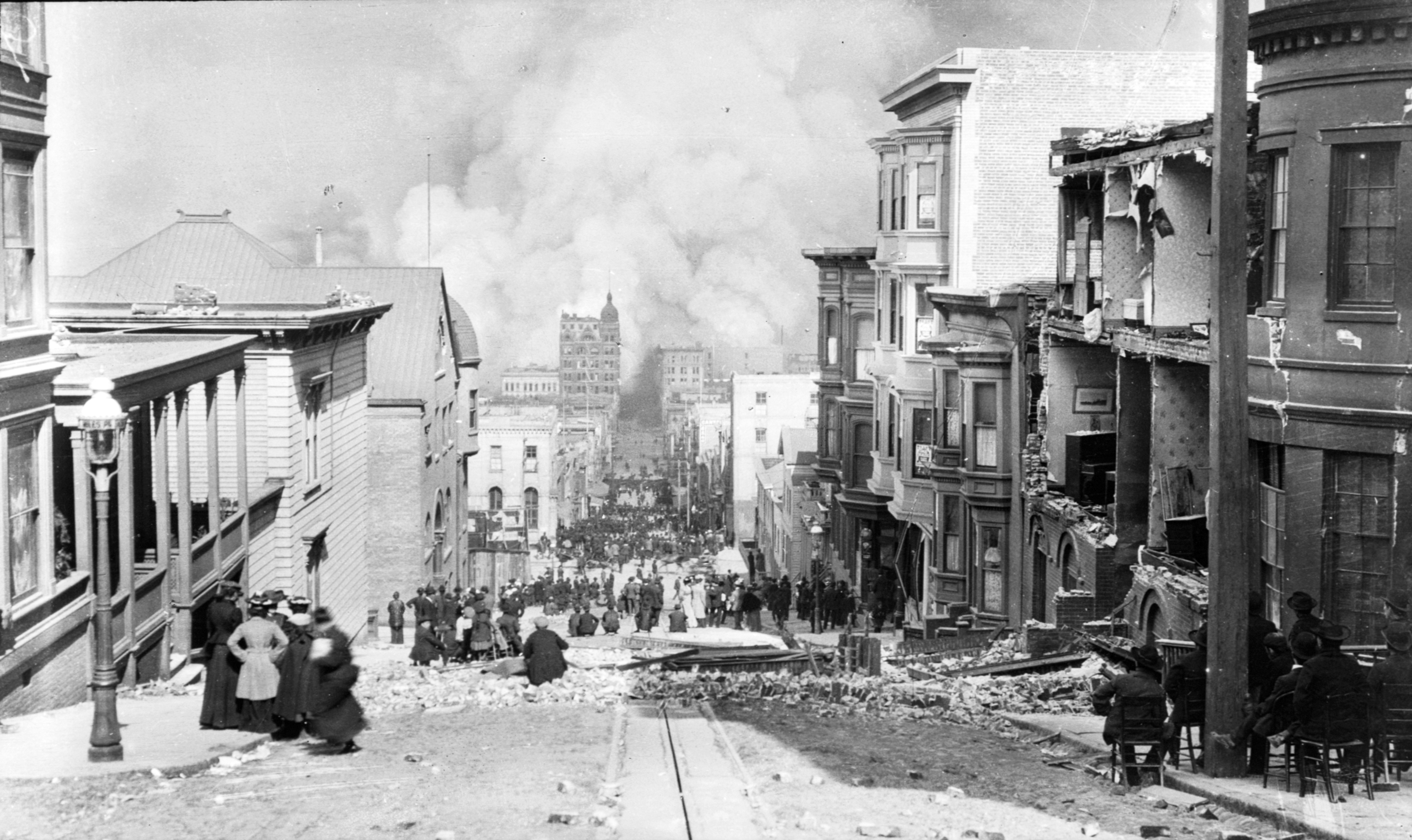|
USS Grampus (SS-4)
USS ''Grampus'' (SS-4), a ''Plunger''-class submarine later named ''A-3'', was the fourth ship of the United States Navy to be named for a member of the dolphin family, ''Grampus griseus''. Her keel was laid down on 10 December 1900 at San Francisco, California, by Union Iron Works, a subcontractor for the Holland Torpedo Boat Company of New York City. She was launched on 31 July 1902 sponsored by Mrs. Marley F. Hay, wife of the Superintendent of Construction at Union Iron Works. She was tested at the Holland Torpedo Boat Station. Her christening was marred by a failure of the ribbon from which the champagne was hung, leading some sailors to believe she was cursed. The boat was commissioned at the Mare Island Navy Yard on 28 May 1903 with Lieutenant Arthur MacArthur III (brother of General Douglas MacArthur) in command. (retrieved 27 February 2018)< ... [...More Info...] [...Related Items...] OR: [Wikipedia] [Google] [Baidu] |
Mare Island Navy Yard
The Mare Island Naval Shipyard (MINSY or MINS) was the first United States Navy base established on the Pacific Ocean and was in service 142 years from 1854 to 1996. It is located on Mare Island, northeast of San Francisco, in Vallejo, California. MINSY made a name for itself as the premier U.S. West Coast submarine port as well as serving as the controlling force in San Francisco Bay Area shipbuilding efforts during World War II. The naval base was closed on 31 March 1996, with more than 7,500 civilians on its payroll, and has gone through several redevelopment phases. It was registered as a California Historical Landmark in 1960, and parts of it were declared a National Historic Landmark District in 1975. Beginnings In September 1849, Lieutenant Commander William Pope McArthur was placed in command of the US survey schooner ''Ewing'', which had been brought around Cape Horn to the West Coast by Lieutenant Washington Allon Bartlett. Upon reaching San Francisco, ''Ewing'' ... [...More Info...] [...Related Items...] OR: [Wikipedia] [Google] [Baidu] |
Cavite
Cavite, officially the Province of Cavite (; Chavacano: ''Provincia de Cavite''), is a Provinces of the Philippines, province of the Philippines located in the Calabarzon region. On the southern shores of Manila Bay and southwest of Manila, it is one of the most industrialized and fastest-growing provinces in the Philippines. As of 2020, Cavite is one of the List of Philippine provinces by population, largest province in the country in terms of population, which had 4,344,829 people if the Cities of the Philippines, independent cities of Cebu are excluded from Cebu's population figure. The ''de facto'' capital and seat of the government of the province is Trece Martires, although Imus is the official (''de jure'') capital while the Dasmariñas, City of Dasmariñas is the largest city in the province. For over 300 years, the province played an important role in both the country's colonial past and eventual fight for independence, earning it the title "Historical Capital of the ... [...More Info...] [...Related Items...] OR: [Wikipedia] [Google] [Baidu] |
United States Asiatic Fleet
The United States Asiatic Fleet was a fleet of the United States Navy during much of the first half of the 20th century. Before World War II, the fleet patrolled the Philippine Islands. Much of the fleet was destroyed by the Japanese by February 1942, after which it was dissolved, and the remnants incorporated into the naval component of the South West Pacific Area command, which eventually became the Seventh Fleet. The fleet was created when its predecessor, the Asiatic Squadron, was upgraded to fleet status in 1902. In early 1907, the fleet was downgraded and became the First Squadron of the United States Pacific Fleet. However, on 28 January 1910, it was again organized as the Asiatic Fleet. Thus constituted, the Asiatic Fleet, based in the Philippines, was organizationally independent of the Pacific Fleet, which was based on the United States West Coast until it moved to Pearl Harbor in the Territory of Hawaii in 1940. Although much smaller than any other U.S. Navy fleet ... [...More Info...] [...Related Items...] OR: [Wikipedia] [Google] [Baidu] |
Subic Bay Naval Base
Naval Base Subic Bay was a major ship-repair, supply, and rest and recreation facility of the Spanish Navy and subsequently the United States Navy located in Zambales, Philippines. The base was , about the size of Singapore. The Navy Exchange had the largest volume of sales of any exchange in the world, and the Naval Supply Depot handled the largest volume of fuel oil of any navy facility in the world. The naval base was the largest overseas military installation of the United States Armed Forces, after Clark Air Base in Angeles City was closed in 1991.Barber, Ben. "Two decades on, Philippines struggles with U.S. base cleanup". '' The American Legion Magazine'', September 2012: 64. Following its closure in 1992, it was transformed into the Subic Bay Freeport Zone by the Philippine government. In late 2022, plans to reopen the base under the Enhanced Defense Cooperation Agreement emerged after the Philippine Navy reoccupied a portion of the base and a U.S. investment firm, Cer ... [...More Info...] [...Related Items...] OR: [Wikipedia] [Google] [Baidu] |
Olongapo
Olongapo (), officially the City of Olongapo (; ; ; Kapampangan: ''Lakanbalen/Ciudad ning Olongapo''), is a highly urbanized city in the Central Luzon region of the Philippines. According to the 2020 census, it has a population of 260,317 people. It is geographically situated and grouped under the province of Zambales by the Philippine Statistics Authority but governed independently and is also its largest city. Portions of the city also form part of the Subic Special Economic and Freeport Zone. Along with the municipality of Subic, it comprises Metro Olongapo, one of the twelve metropolitan areas in the Philippines. History Spanish colonial era In 1868, a Spanish military expedition was dispatched to study the possibility of relocating the Cavite Naval Station in Subic Bay due to its unhealthy conditions. Spanish King Alfonso XII through a Royal Decree made Subic Bay (then called Subig) as Spain's stronghold in the Far East in 1884. Vice Admiral Juan Bautista de Ant ... [...More Info...] [...Related Items...] OR: [Wikipedia] [Google] [Baidu] |
Philippines
The Philippines, officially the Republic of the Philippines, is an Archipelagic state, archipelagic country in Southeast Asia. Located in the western Pacific Ocean, it consists of List of islands of the Philippines, 7,641 islands, with a total area of roughly 300,000 square kilometers, which are broadly categorized in Island groups of the Philippines, three main geographical divisions from north to south: Luzon, Visayas, and Mindanao. With a population of over 110 million, it is the world's List of countries and dependencies by population, twelfth-most-populous country. The Philippines is bounded by the South China Sea to the west, the Philippine Sea to the east, and the Celebes Sea to the south. It shares maritime borders with Taiwan to the north, Japan to the northeast, Palau to the east and southeast, Indonesia to the south, Malaysia to the southwest, Vietnam to the west, and China to the northwest. It has Ethnic groups in the Philippines, diverse ethnicities and Culture o ... [...More Info...] [...Related Items...] OR: [Wikipedia] [Google] [Baidu] |
Collier (ship Type)
A collier is a bulk cargo ship designed or used to carry coal. Early evidence of coal being transported by sea includes use of coal in London in 1306. In the fourteenth and fifteenth centuries, coal was shipped from the River Tyne to London and other destinations. Other ports also exported coal for instance the Old Quay in Whitehaven harbour was built in 1634 for the loading of coal. London became highly reliant on the delivery of coal by sea Samuel Pepys expressed concern in the winter of 166667 that war with the Dutch would prevent a fleet of 200 colliers getting through. In 1795, 4,395 cargoes of coal were delivered to London. By 1824, this number had risen to about 7,000; by 1839, it was over 9,000. The trade continued to the end of the twentieth century, with the last cargo of coal leaving the Port of Tyne in February, 2021. The earliest type of collier on which there is detailed information is the Whitby-built cat. These were bluff-bowed, round-sterned, strongly-built ship ... [...More Info...] [...Related Items...] OR: [Wikipedia] [Google] [Baidu] |
Puget Sound Navy Yard
Puget Sound Naval Shipyard, officially Puget Sound Naval Shipyard and Intermediate Maintenance Facility (PSNS & IMF), is a United States Navy shipyard covering 179 acres (0.7 km2) on Puget Sound at Bremerton, Washington in uninterrupted use since its establishment in 1891; it has also been known as Navy Yard Puget Sound, Bremerton Navy Yard, and the Bremerton Naval Complex. It is bordered on the south by Sinclair Inlet, on the west by the Bremerton Annex of Naval Base Kitsap, and on the north and east by the city of Bremerton, Washington. It is the Pacific Northwest's largest naval shore facility and one of Washington state's largest industrial installations. PSNS & IMF provides the Navy with maintenance, modernization, and technical and logistics support, and employs 15,000 people which makes it the largest public shipyard in terms of personnel assigned. History Puget Sound Naval Shipyard was established in 1891 as a Naval Station and was designated Navy Yard Puge ... [...More Info...] [...Related Items...] OR: [Wikipedia] [Google] [Baidu] |
United States Pacific Fleet
The United States Pacific Fleet (USPACFLT) is a theater-level component command of the United States Navy, located in the Pacific Ocean. It provides naval forces to the Indo-Pacific Command. Fleet headquarters is at Joint Base Pearl Harbor–Hickam, Hawaii, with large secondary facilities at Naval Air Station North Island, California. Origins A Pacific Fleet was created in 1907 when the Asiatic Squadron and the Pacific Squadron were combined. In 1910, the ships of the First Squadron were organized back into a separate Asiatic Fleet. The General Order 94 of 6 December 1922 organized the United States Fleet, with the Battle Force as the Pacific presence. Until May 1940, the Battle Force was stationed on the West Coast of the United States. Headquarters, battleships, aircraft carriers and heavy cruisers were stationed at San Pedro close to the Long Beach Naval Shipyard. Light cruisers, destroyers and submarines were stationed at San Diego. During the summer of 1940, as ... [...More Info...] [...Related Items...] OR: [Wikipedia] [Google] [Baidu] |
Mare Island
Mare Island (Spanish language, Spanish: ''Isla de la Yegua'') is a peninsula in the United States in the city of Vallejo, California, about northeast of San Francisco. The Napa River forms its eastern side as it enters the Carquinez Strait juncture with the east side of San Pablo Bay. Mare Island is a peninsula, as no full body of water separates this or several other named "islands" from the mainland. Instead, a series of small Slough (hydrology), sloughs cause seasonal water-flows among the so-called islands. Mare Island is the largest of these at about long and a mile wide. History In 1775, Spanish explorer Perez Ayala was the first European to land on what would become Mare Island – he named it ''Isla de la Plana''. This area was part of Rancho Suscol, deeded to General Mariano Guadalupe Vallejo in 1844. It became a waypoint for early settlers. In 1835, whilst traversing the Carquinez Strait, a crude ferry transporting men and livestock capsized in a squall. Among the l ... [...More Info...] [...Related Items...] OR: [Wikipedia] [Google] [Baidu] |
San Francisco Earthquake Of 1906
At 05:12 AM Pacific Standard Time on Wednesday, April 18, 1906, the coast of Northern California was struck by a major earthquake with an estimated moment magnitude of 7.9 and a maximum Mercalli intensity of XI (''Extreme''). High-intensity shaking was felt from Eureka on the North Coast to the Salinas Valley, an agricultural region to the south of the San Francisco Bay Area. Devastating fires soon broke out in San Francisco and lasted for several days. More than 3,000 people died and over 80% of the city was destroyed. The event is remembered as the deadliest earthquake in the history of the United States. The death toll remains the greatest loss of life from a natural disaster in California's history and high on the list of worst American disasters. Tectonic setting The San Andreas Fault is a continental transform fault that forms part of the tectonic boundary between the Pacific plate and the North American plate. The strike-slip fault is characterized by mainly late ... [...More Info...] [...Related Items...] OR: [Wikipedia] [Google] [Baidu] |






